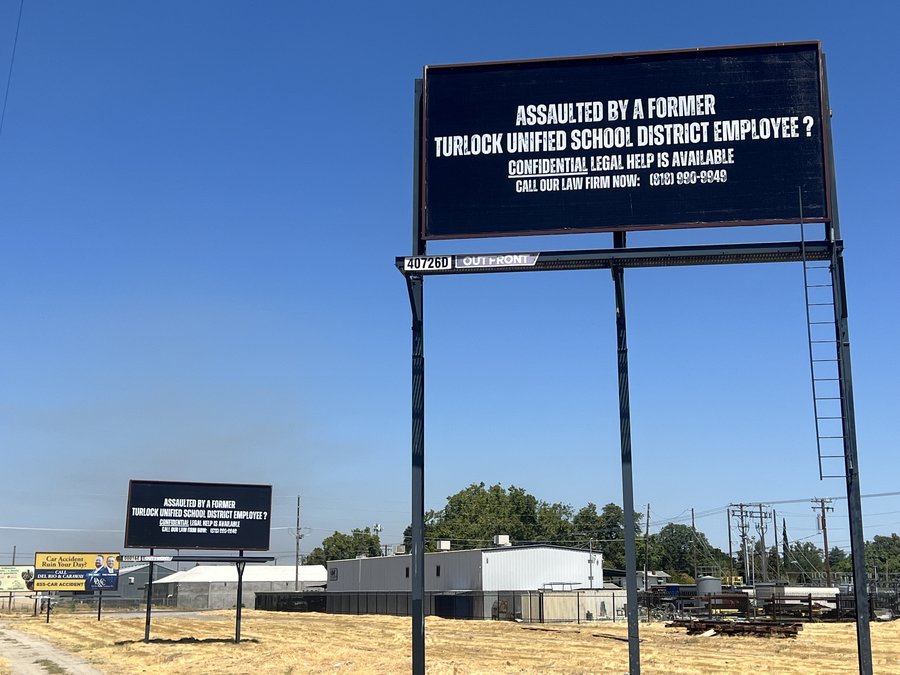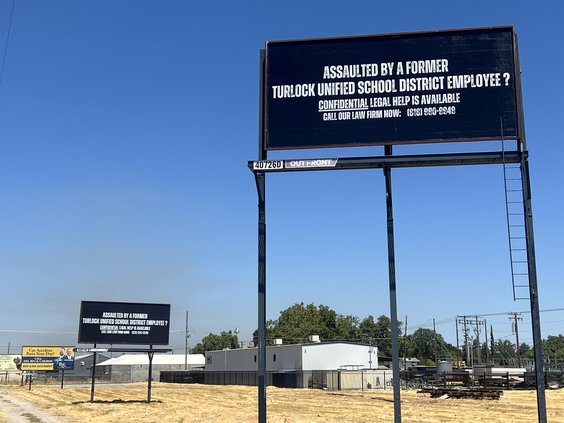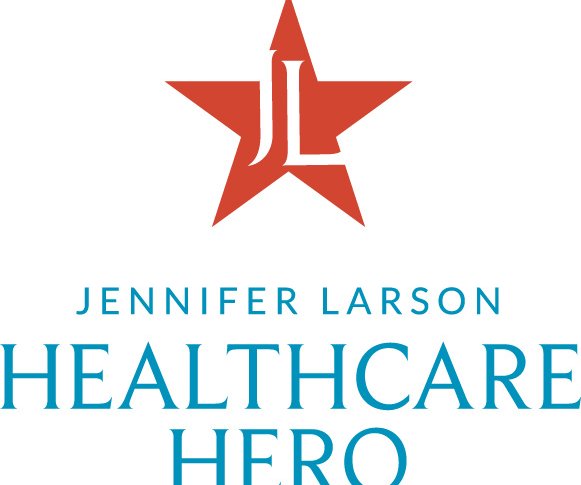The overall health of Stanislaus County residents could be better. In fact it could be a lot better according to the California Department of Public Health’s recently released County Health Status Profiles 2016.
The survey, which looked at health data from California’s counties for the years 2012 to 2014, found that Stanislaus County residents had a higher death rate than the state average for numerous diseases and ranked towards the bottom in most of the categories. The survey uses an average of the data collected and while it is not an up to the minute indicator of the overall health status of the community, it does provide a snapshot of the area’s health, and what trajectory it might be on if nothing is done to correct it.
“The rankings that we have are of concern,” said Dr. John Walker, the public health officer for the Stanislaus County Health Services Agency. “The burden of chronic diseases is high in this area, but we have been seeing improvement over the last 10 years.”
The County Health Status Profiles provide statewide and county-level data to report on the course of health promotion and preventive services, including the guides of Healthy People 2020 National Objectives. The Healthy People objective is a national campaign that brings together a variety of stakeholders with the goal of improving the overall health of the country.
In almost all of the categories used in the survey, Stanislaus County could be found in the bottom rankings and below the Healthy People standards.
Stanislaus County was ranked second to last in the state for deaths caused by colorectal cancer and coronary heart disease. For colorectal cancer the county had a crude death rate of 16.6 deaths per 100,000 people, which makes a risk of dying from colorectal cancer of approximately one person out of 6,024 residents. The age adjusted death rate was 17.7, which is the second worst rate in the entire state.
The crude death rate from colorectal cancer for California was 13.9 deaths per 100,000 population, a risk of dying from colorectal cancer equivalent to approximately one death for every 7,218.4 persons. The age-adjusted death rate from colorectal cancer for California during the 2012 through 2014 three-year period was 13.3 deaths per 100,000 population. The Healthy People 2020 target rate is 14.5.
For coronary disease, Stanislaus County had a crude death rate of 136.1 per 100,000 people. Stanislaus County residents have an approximate chance of dying from coronary heart disease of 1 in 734. The age adjusted rate is 146.3, which is just slightly better than the bottom ranking of 146.5 for Yuba County. The rate is an improvement from the 148 deaths per 100,000 residents recorded during the health survey for 2011 to 2013 and released last year.
The crude death rate from coronary heart disease for California was 100.9 deaths per 100,000 population, a risk of dying from coronary heart disease equivalent to approximately one death for every 991.1 persons. The age-adjusted death rate from coronary heart disease for California during the 2012 through 2014 three-year period was 96.6 deaths per 100,000 population. The Healthy People 2020 target is 103.4.
In several categories the death rates climbed over the rates seen in the 2015 health survey, which looked at the 2011 through 2013 years. Most notable was the rate of death from breast cancer. In the 2015 survey Stanislaus County was ranked 30th in the state with a crude death rate of 20.3 per 100,000. In the recent survey, Stanislaus County was ranked 48th in the state for breast cancer deaths, with a crude death rate of 22.7 per 100,000 people. The age adjusted rate was 22.1. Stanislaus County residents have an approximate 1 in 4,405 chance of dying from breast cancer, according to the CDPH data. The crude death rate from female breast cancer for California was 23.0 deaths per 100,000 female population, a risk of dying from breast cancer equivalent to approximately one death for every 4,341.4 females.
When compared to the previous health survey, Stanislaus County had higher death rates for colorectal cancer, breast cancer, lung cancer, prostate cancer, Alzheimer’s, stroke, influenza/pneumonia, and AIDS.
Stanislaus County ranked in the bottom 10 for death caused by Alzheimer’s (54th), Stroke (53rd), and Infant Mortality (50th).
The county was in the bottom 20 of California’s 58 counties for: Lung Cancer (44th), Breast Cancer (48th), Prostate Cancer (43rd), Diabetes (40th), Influenza/Pneumonia (46th), Lower Respiratory Disease (44th), Liver Disease and Cirrhosis (38th), and Homicide (44th).
The cause of death categories that Stanislaus County had rankings in the top of the 58 counties were: Accidents (29th), Motor Vehicle Collisions (34th), Suicide (21st), Fire Arm Deaths (29th), Drug Related Deaths (33rd), and AIDS (35th).
As a whole the state has made progress in slowing the death rate from AIDS, cancers and heart disease.
“The improvements are encouraging and show how far we’ve come,” said CDPH Director and State Public Health Officer Dr. Karen Smith. “Despite the achievements, it’s important to remember there are areas, especially in chronic conditions, where we have opportunities to do better. We also need to ensure that all communities show improvement so we can truly make California the healthiest state in the nation.”
The results of the health survey come as no surprise to local health officials, as they have been taking steps for the last few years to improve the overall health of county residents. One such step was the formation of the San Joaquin Valley Public Health Consortium, which invites stakeholders from eight counties to meet on a monthly basis to access the health needs of the region and facilitate those needs.
“We’re looking at these health issues as a regional challenge and collaborating on solutions that benefit the entire region,” Walker said.
Secondly, the Stanislaus County Health Services Agency has spearheaded Thriving Stanislaus, a 10-year strategic plan that brings together various public and private organizations, as well as individuals, to coordinate efforts that will have positive changes in the community’s health and well being. Under the strategic plan, the coalition looks at four aspects that have an effect on a person’s health.
“It’s not as simple as having more doctors and nurses,” Walker explained. “There are broader social determinants that are key.”
One aspect is to increase educational opportunities, which Walker said is one of the best predicators of overall health and a factor that has had a great impact in reducing the county’s teen pregnancy rate. The idea is that more education generally leads to higher-paying jobs that often come with more comprehensive health insurance coverage. Additionally, the more education an individual receives, the more likely they are to have better health literacy and have better knowledge of health issues.
The strategic plan also addresses people’s basic needs of housing, employment, child care, clothing and food. The plan states: “Communities cannot thrive when families live in poverty or below the self-sufficiency level and have to go without basic essentials. This can have short and long-term consequences such as stress, chronic illness, lack of trust in the community and reduced social cohesion.” It’s the goal of the Stanislaus County Health Services Agency that all residents have access to sufficient and healthy foods, and they are working on achieving this by helping qualifying individuals enroll for federal food assistance, helping coordinate provisions at emergency shelters, and helping expand the availability of fresh produce through farmers markets and school site produce stands.
Another aspect considered in the strategic plan is the built environment that residents live in. This incorporates everything from neighborhood planning, routes to school, how utilities are delivered and zoning laws.
“Built environment decisions also impact residents’ health,” states the plan’s authors. “For example, individuals with greater and easier access to safe locations in which to do physical activities report better physical and mental health, and less stress. Lack of access to bike lanes, walking paths, parks, and green space reduces the likelihood that a person will be physically active and thus contributes to poor health outcomes such as obesity, cardiovascular disease, and diabetes. Lack of accessible fresh produce in a neighborhood is also an obstacle to proper nutrition and a risk for chronic diseases. Fewer opportunities for walking and biking (whether to work, to shop for food, or for recreation), promotes motor vehicle usage, which increases our region’s chronic air pollution problems. Polluted air can lead to breathing problems including asthma and other chronic respiratory diseases.”
The fourth aspect that Thriving Stanislaus considers is access to health information and health care. This idea ranges from making sure the region has enough health care providers to properly care for the population, to expanding health insurance options. The push to get more people insured, coupled with an expansion of Medi-Cal will likely have a positive result on the community’s overall health and well-being that should be seen in the years to come, Walker explained.
The Stanislaus County Health Services Agency also is a partner in the Focus on Prevention initiative undertaken by the county. The broad collaboration behind the county-wide initiative seeks to better the quality of life for Stanislaus County residents by examining various social issues and offering solutions that work for individuals as well as the community.









